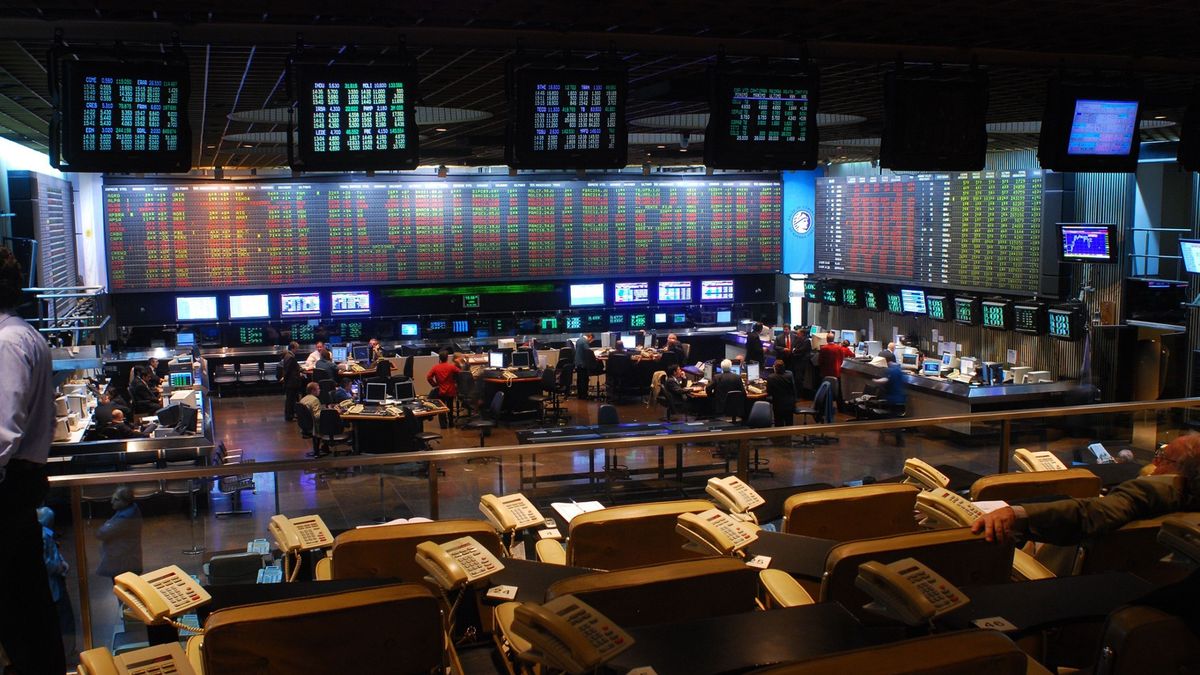The growing doubts about the future of the local economy, despite the fulfillment of the first goals committed to with the International Monetary Fund (IMF), they give no respite to a massive selling current of assets that shot up country risk to all-time highs.
In this framework, bonds denominated in dollars lost up to more than 3%, with declines led by Global 2029 (-3.2%); and the Bonar 2038 (-2.6%).
The Argentine country risk prepared by the JP.Morgan bank fell by a slight 0.1% to 2,043 basis points, although during the round it reached 2,068 units, a record since September 2020 when the index restarted at a level of 1,083 points after the millionaire swap of private external debt. Throughout the week, it registered a jump of almost 8%.
For its part, Inflation-adjusted titles closed with the majority of increases, after the collapses recorded between Wednesday and Thursday. In some cases, they bounced up to more than 5% (Discount, and Boncer 2023 -TX23).
“It is impossible that there is a single factor that explains the rise in country risk and the collapse of bonds. Argentina, after the restructuring of its debt, lost the ability to finance itself in dollars abroad and was left as the only genuine source borrow in pesos in the local market”stated Javier Timerman, partner of Adcap Grupo Financiero.
“As there are expectations of inflation and devaluation, the market began to buy debt and finance the Government in bonds that are tied mainly to inflation, and to a lesser extent, in bonds tied to the dollar (…) Now the questions of the market about a possible devaluation or a reprofiling and these causes explain the market”, he added.
Given the strong downward trend in bonds during the last few rounds, government entities such as Anses and the BCRA went out to buy securities to try to put a floor on the market.
To make matters worse, foreign currencies and stock markets closed with heavy losses after US inflation exceeded estimates, generating expectations of aggressive interest rate hikes in the world’s largest economy.
“In the United States, inflation skyrocketed and real interest rates are negative (…) In Argentina, inflation-linked bonds trade at inflation, so what there is in the country is a crisis of confidence about what What can happen with these bonuses?explained a financial analyst.
In the midst of the tension that reigned this week in the peso debt market, the Ministry of Economy will hold a tender for different Treasury bonds next Tuesday to be financed in the local market.
S&P Merval and ADRs
Product of another strong rise in the CCL dollar, the leading stock benchmark S&P Merval of BYMA of the Buenos Aires stock market managed to reverse its progress for much of the day and was positive by 0.3%, at 89,141.39 units, to lose 2.9% in the week. This market gains around 5.5% during the year, against inflation estimated by analysts at 30% in the same period.
In the Buenos Aires square, the rises of the leading shares were led by TElecom Argentina (3.51%); Transener (2.59%); Galicia Financial Group (2.53%); BBVA Argentina (2.17%); and Transportadora de Gas del Norte (1.55%).
Losses were noted by Central Port (-1.93%); Ternium (-1.50%); Pampa Energia (-0.97%); Aluar (-0.55%); and Edenor (-0.34%).
In New York, the papers of Argentine companies ended the session with the majority of results in red, among which stood out Free Market (-7.6%); Edenor (-7.3%); Irsa (-4.9%); Pampa Energia (-4.9%); and Transportadora Gas del Sur (-4.5%).
Separately, Moody’s Argentina said it assigned Vista Energy Argentina a long-term local currency issuer rating of “AAA.ar” and a foreign currency rating of “AA+.ar.”
Source: Ambito
David William is a talented author who has made a name for himself in the world of writing. He is a professional author who writes on a wide range of topics, from general interest to opinion news. David is currently working as a writer at 24 hours worlds where he brings his unique perspective and in-depth research to his articles, making them both informative and engaging.




